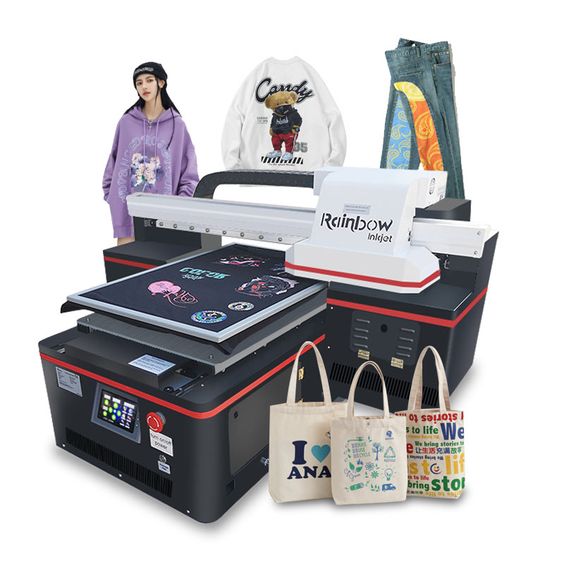Elevating Print: A Guide to Post-Press Finishes in Printing
2023-12-28
Introduction
The magic of printing extends beyond ink on paper; it encompasses a realm of post-press finishes that transform a simple sheet into a tactile, visually stunning masterpiece. Post-press equipment plays a pivotal role in adding these finishing touches to printed materials. In this blog, we'll explore various types of finishes that can be applied using post-press equipment, enhancing the aesthetic appeal and functionality of printed products.
1. Varnishing:
Overview:
- Varnishing involves applying a clear liquid coating to the printed surface, providing protection and enhancing the visual appeal.
- Types include gloss, matte, and satin varnishes, each offering a unique finish.
Applications:
- Commonly used on book covers, brochures, and packaging to add a layer of protection and create a polished look.
2. Lamination:
Overview:
- Lamination involves bonding a thin, transparent plastic film onto the printed material, providing durability and protection against wear and tear.
- Types include gloss, matte, and soft-touch laminations.
Applications:
- Frequently used for book covers, business cards, and promotional materials to enhance durability and impart a premium feel.
3. Embossing and Debossing:
Overview:
- Embossing raises a design or text above the surface, creating a raised effect.
- Debossing presses a design or text into the paper, creating a depressed effect.
Applications:
- Adds a tactile and visual element to business cards, stationery, and packaging, creating an impression of depth and sophistication.
4. Foiling:
Overview:
- Foiling involves applying a metallic or pigmented foil to specific areas of the printed material.
- Types include hot foil stamping and cold foil transfer.
Applications:
- Adds a luxurious and eye-catching element to invitations, packaging, and high-end promotional materials.
5. Die-Cutting:
Overview:
- Die-cutting involves using a die to cut specific shapes or patterns into the printed material.
- Intricate shapes and custom designs can be achieved through die-cutting.
Applications:
- Enhances the visual appeal of business cards, packaging, and promotional materials by creating unique and memorable shapes.
6. Spot UV Coating:
Overview:
- Spot UV coating involves applying a glossy, transparent layer to specific areas of the printed material.
- Creates a contrast between matte and glossy finishes.
Applications:
- Adds a touch of elegance to business cards, brochures, and packaging, highlighting specific elements.
Conclusion
Post-press finishes are the final brushstrokes that transform a printed piece into a work of art. The variety of finishes available through post-press equipment allows for creativity and customization, enabling printed materials to stand out in a crowded marketplace. Whether it's the subtle elegance of spot UV coating or the tactile luxury of embossing, these finishes play a crucial role in capturing attention, conveying brand identity, and leaving a lasting impression on the audience. As print technology and post-press capabilities continue to advance, the possibilities for creating unique and impactful printed materials are boundless.



